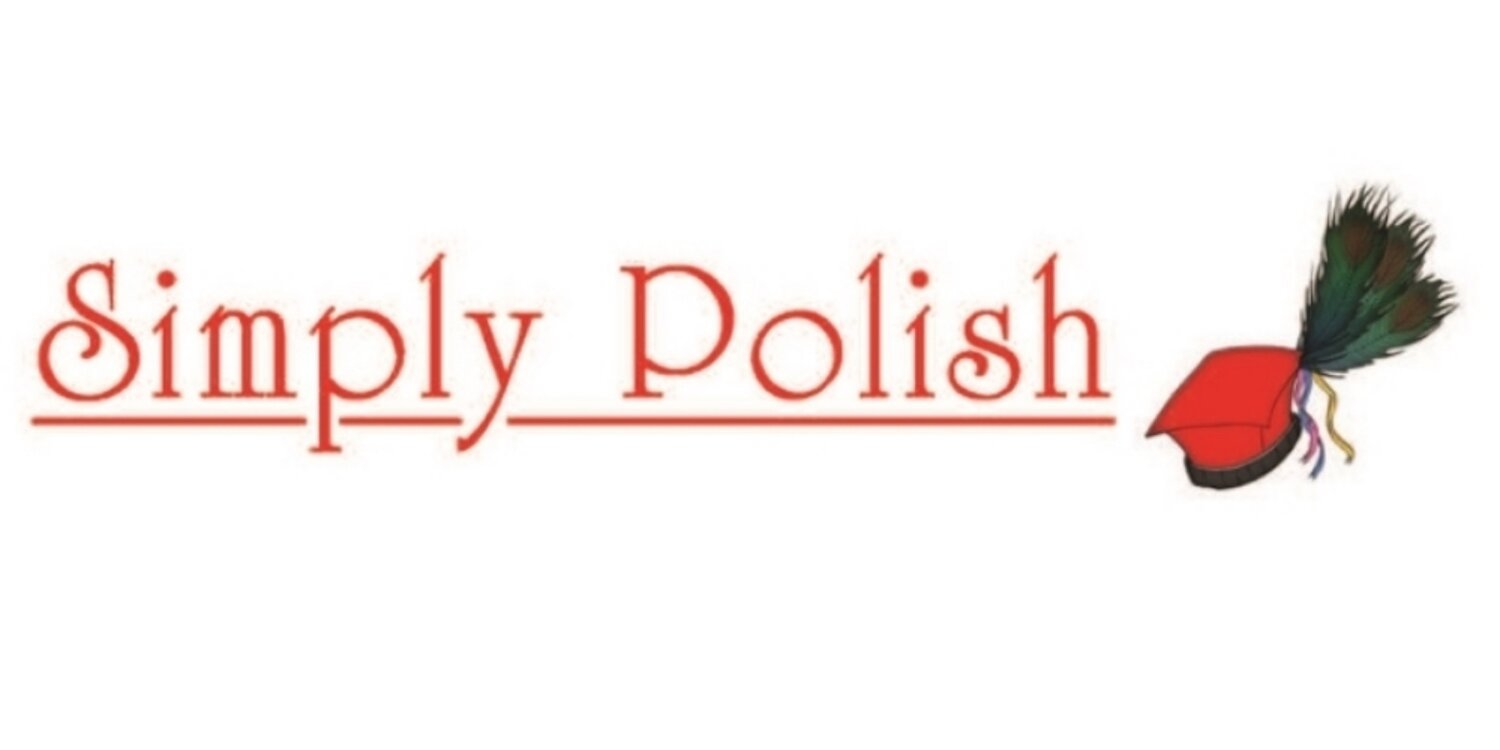History: Polish Pottery had its beginnings in the early 1800's in the German province of Silesia, now part of southwest Poland. At that time the farmers created the Bunzlauer stoneware, being inspired by the peacock feather with it's wonderful colors. This antique stoneware can be in private collections through Europe. Today in the town of Boleslaweic, there are skilled artisans individually hand crafting each piece. They are producing traditional patterns of the last century, as well as more ornate designs called Unikat, or Signature, known around the world.
The Pottery/Stoneware: Special white clay is used; a mix of mineral substances that occur in sedimentary rocks and soils. It is soft when moist, but when fired at 2300 degrees Fahrenheit it becomes as hard as stone. This intense firing makes it resistant to chips and breakage, causes it to retain heat, have even temperature throughout, (making it exceptional for baking and serving), and makes each piece safe for the oven, microwave and dishwasher. However, it cannot take rapid temperature changes. Heat or cool slowly to avoid cracking or breakage. The final glaze results in tan ultra-smooth finish, enhancing its beauty and ease of cleaning.
Design and Production: Traditional patterns use greens, blues and earth tones. The Unikat (Signature) patterns that Simply Polish selects have added other accent colors to their ornate and sophisticated designs, The decorative motifs are applied to the surface with a variety of small stamps and hand painting - often with a thousand strokes - each a little different. They are then signed by the artist. After the paint is applied the piece is fired at 2300 F. or above. Glaze is added before the second and final firing. All paints and glazes are free of lead and cadmium.

